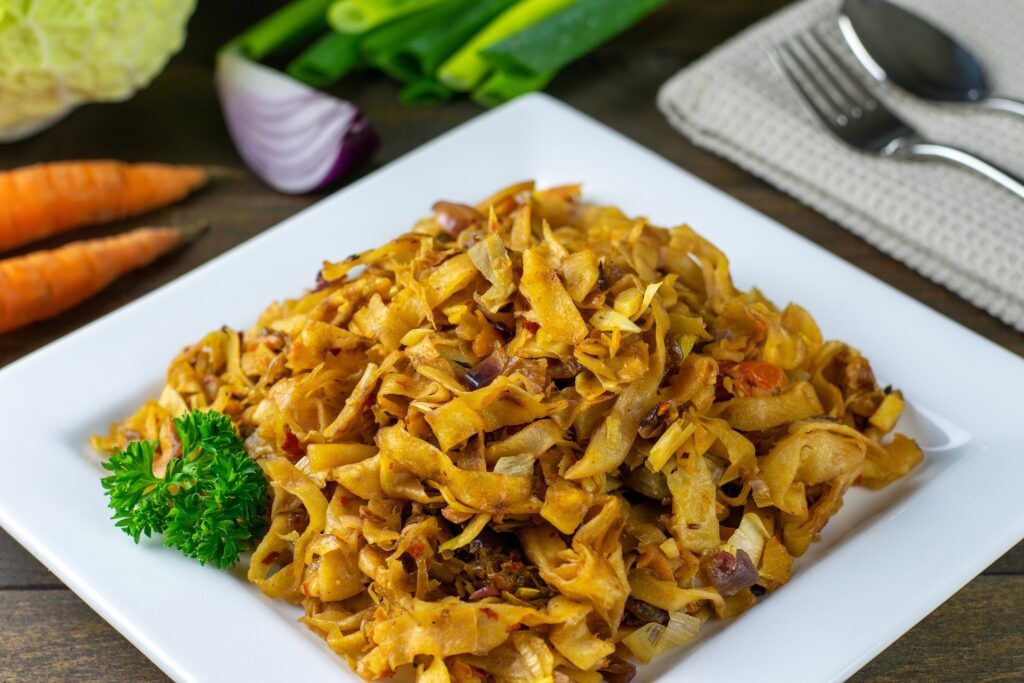Welcome to the world of Kottu Roti, a culinary gem that captures the essence of Sri Lanka’s cuisine. Dive into the story of this unique dish, discover its secrets, and explore why it is cherished by food lovers globally.
Kottu Roti, a beloved street food in Sri Lanka, resonates with locals and tourists alike for its vibrant flavors and lively preparation. This unique dish is made by stir-frying chopped flatbread (roti) with a mixture of vegetables, eggs, meat (typically chicken, beef, or mutton), and spices. The dish’s appeal lies in its theatrical preparation, where the clanking of metal spatulas chopping the roti on a hot griddle creates a rhythmic, almost musical sound that draws in crowds. Kottu Roti’s versatility allows for endless variations, accommodating different taste preferences and ingredients. Its popularity is rooted in its ability to offer a hearty, flavorful meal that’s both affordable and delicious, embodying the spirit of Sri Lankan street food culture.

Where to try the best Kottu Roti
The authentic experience is best enjoyed in the streets and local eateries of Sri Lanka. Night markets and roadside stalls in cities like Colombo, Kandy, and Galle offer some of the best versions of Kottu Roti, freshly prepared and customizable to individual tastes. For those outside Sri Lanka, many Sri Lankan and South Asian restaurants around the world serve Kottu Roti, bringing this iconic Sri Lankan street food experience to a global audience.
Where did Kottu Roti come from
Kottu Roti originated in Sri Lanka as an ingenious way to repurpose leftover roti. It quickly gained popularity as a fast-food dish, particularly among the younger generation, due to its affordability and the ease of customization. The dish reflects the multicultural influences in Sri Lankan cuisine, drawing inspiration from South Indian and Malay culinary traditions. Over time, Kottu Roti has evolved from a simple street food item to a cultural icon, representing the diversity and creativity of Sri Lankan cooking. Today, it is celebrated not only in Sri Lanka but worldwide, for its unique flavors and the lively experience that accompanies its preparation.

